Tips to Having a Quality Recess, No Matter the Weather
The 2016 Shape of the Nation Report stated that only 16 percent of states in the U.S. require elementary schools to provide daily recess. And in Canada, games like tag, cartwheels, and balls have been banned at some schools, and 31 percent of schools do not have a daily physical activity (DPA) policy.
Not only that, but the Physical Activity Guidelines for both Americans and Canadians recommend that children get 60 minutes or more of physical activity daily. The fact is, that’s not happening. In the U.S., less than one-quarter (24 percent) of children 6 to 17 years of age participate in 60 minutes of physical activity every day, per the Centers for Disease Control and Prevention. And the most recent Canadian Health Measures Survey found that roughly 95 percent of Canadian children do not get the recommended amount.1
But physical activity is important! Not to mention, it’s good for learning. A study by Northeastern University found that daily exercise isn’t only good for kids’ physical health, but for their cognitive health, too. The study showed that 8- and 9-year-old children who run around for at least 70 minutes per day exhibit improved thinking skills compared to those who aren’t as active.
According to the 2018 survey of 500 U.S. elementary school teachers by the International Play Equipment Manufacturers Association and its Voice of Play initiative, 100 percent of teachers said that recess is essential for young students’ mental and physical development. Some other key findings:
- 97 percent said that recess improved the conduct in students who tend to behave badly.
- 95 percent said that their students’ social interactions improved when they played together outside.
- After recess, 81 percent of teachers said that kids’ behaviors changed positively.
With all of this research, educators and parents are beginning to re-think play and recess during the day and putting it back on the table. In 2018, for instance, more states in the U.S. began reinstating laws to protect recess. Arizona is already seeing results after its governor signed a bill last year that required two recess periods per day for kids. One principal noted he’s seen an improvement in the health of his students and said test scores are up, discipline problems have decreased and attendance has increased. In Canada, over 80 percent of schools now have active periods, and every province in Canada has recess in some part of their school day.
Now that lawmakers, educators, and parents have seen the value of recess and activity, students are benefitting. This momentum is great, however – there are many parts of the U.S. and Canada that have inclement weather throughout the year, particularly in the winter, and that is another roadblock in play access for children. For example, adults just don’t want to go outside.
While there are certainly instances where it’s unsafe to play outside, there are many opportunities to have fun on the playground on cold winter days. And for the days you can’t, there are benefits to indoor recess. It doesn’t matter your age, if you go outside (properly dressed for the weather) your mood can be elevated with natural light, stress levels can be reduced and your mind has that break from the classroom setting. If we can remember to view recess through the lens of a child – forgetting about the slight inconvenience to ourselves on a cold day – then it’s truly a win-win.
It is wonderful to see students outside at play in the snow! Being physically literate in many different environments, like snow and ice, is part of what keeps us healthy and active. Walking and playing in the snow takes practice, and that opportunity to practice allows us to become proficient and confident in our movements. Developing personal competence and confidence gives us the motivation to be physically literate for life.
As mentioned previously, researchers have found that when students play outside, they experience many benefits. For example, children who play regularly in natural environments show more advanced motor fitness, including coordination, balance and agility, and they are sick less often (Grahn, et al. 1997, Fjortoft & Sageie 2001).
Tips for Creating a Positive Winter Recess Environment
Develop a policy and procedures
Creating a tailored policy and the procedures that support it will help to keep everyone out of harm’s way and inform stakeholders (staff, students and parents). To maintain student’s safety during recess, share expectations in different formats to give students many opportunities of understanding (think: verbal reminders, posters and role modeling from your student recess leaders). Communication is key.
Ensure everyone is dressed appropriately
In order to ensure everyone is able to play outside, consider creating an extra bin of winter clothes (such as hats and mittens) for students who do not own them or forget to bring the items from home. Collect donations or purchase some of the items from the local dollar store at an affordable price. And don’t forget there should also be a bin for staff!
Have shareable tips on how to walk in the snow and on ice
Encourage staff and students to choose footwear with winter treads. Avoid shoes with a smooth sole or high heels when walking on snow and ice. If your path looks icy try stepping side to side until you can reach snow or grass. Walk like a penguin if your path is icy. Point your feet outwards and relax your knees. Holding your arms away from your sides to maintain your balance, walk slowly and flat-footed, taking short steps. All of these tips can be captured on whiteboards, posters or even social media throughout the winter months to encourage and reinforce.
Get excited
If winter is not your favorite time of year, fake it! Get excited for the students who need to go outside, keeping in mind all of the valuable benefits they’re receiving. Sometimes half the battle is just getting there, but once you start playing, their own excitement will take over!
Create zones for snow play
Creating specific zones help to keep specific snow play (like building snow castles) to one area and maintains safety on the playground. Use pylons or natural landmarks to create your zones making it very visible to students and staff where you want specific play to happen.
Have an indoor recess plan
Creating a plan for an indoor recess is just as essential as having a policy and procedures for outdoor recess, and in some cases, it can be more critical. Do not wait until you are dealing with a week of indoor recess days, create a plan that includes the whole school and all grades.
Consider developing a chart and the use these topics as headings for your columns:
- List the Day of the Week from Monday to Friday
- List the Activities that you can offer during an indoor recess. Be creative and open to some ideas
- List what Grades will participate in this activity. This is a good time for peer mentoring and the Buddy system by grouping students (for example, students in grade 7 with grade 1)
- Location: Where can you find space for a class to move around? Sometimes that may mean having to move some furniture to the edge of the room to create that space. Can the library or learning commons work for anyone who would like to sit quietly and read?
By creating such a plan, everyone will know that on a rainy or snowy Wednesday, your indoor recess procedure looks like this:
Wednesday
|
Activities |
Grades |
Location |
|
Active Game |
1, 6 | Gym |
| Board games | 3, 8 | Open Classroom |
| Video in classroom | 2, 4 | Classroom |
| L.E.A.D.er games | 5, 7 | Open Space |
| Reading | Anyone | Library |
Play is Essential, No Matter the Weather
A quality recess does so much for children. According to the IPEMA and Voice of Play Recess Survey, the positive changes that the 81 percent of teachers said happens to kids’ behaviors after recess include more positive moods, longer attention spans, fewer behavior issues, increased participation in class, more eagerness to learn, and improved academic performance. It’s a no-brainer how impactful play and activity is for students. And remember if the students are happy, teachers will be as well!
Recognizing the need for recess across North America should be a required part of the curriculum, but beyond that, having a policy in place to ensure every recess is a quality one is more important than ever, especially with depression on the rise in U.S. teens. Having a safe and quality space to play will benefit kids for a lifetime.
Footnotes
- Statistics Canada. The Daily. Canadian Health Measures Survey: Directly measured physical activity of Canadians, 2007-2011. 18 June 2013 (from heart and stroke)
About Playocracy Inc.
Playocracy Inc. develops educational resources and workshops that complement the current educational system intentionally so that children can develop in holistic ways. Our market is very unique, yet timely, as we focus on fostering social and emotional skills just as much as we nurture the physical and cognitive.
Our resources and workshops inspire both authentic, creative play and leadership development, which increases activity and movement while enhancing the social/emotional growth of all participants.
Almost a decade ago we created our L.E.A.D. Recess program. This evidence-based program functions as an active recess leadership program which aims to create a sense of belonging and develops a strong school community through play.
About IPEMA and the Voice of Play
The International Play Equipment Manufacturers Association (IPEMA) is a non-profit, membership, trade association that represents and promotes an open market for manufacturers of playground equipment and surfacing. Its Voice of Play initiative promotes growth in the quality and quantity of children’s free play and the use of playgrounds. By providing information and resources, the Voice of Play’s goal is to increase education and awareness about the many benefits of children’s play, including the development of critical physical, emotional, social and cognitive skills.

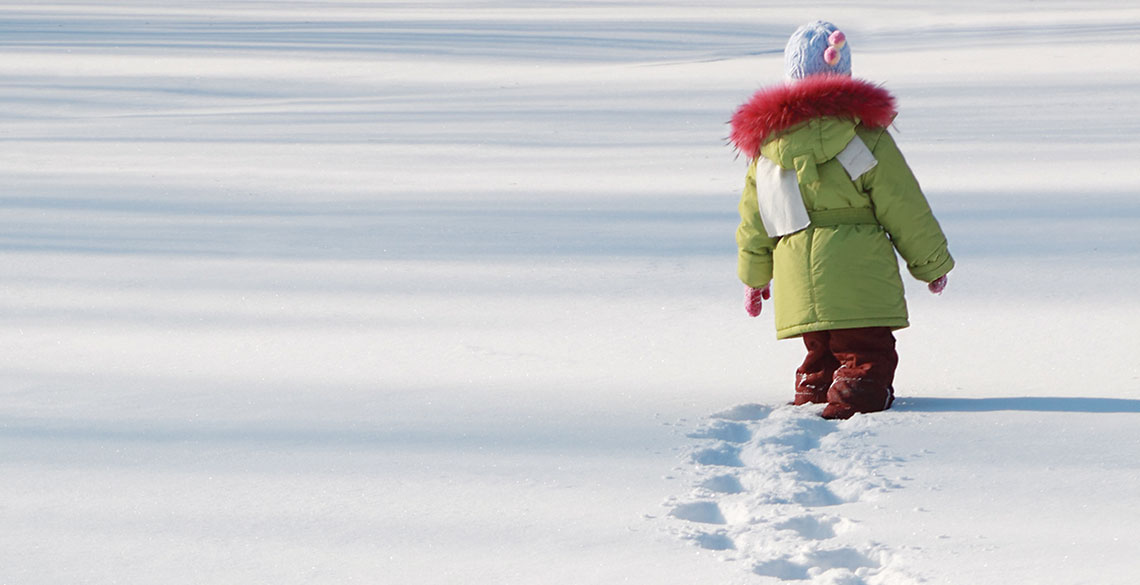
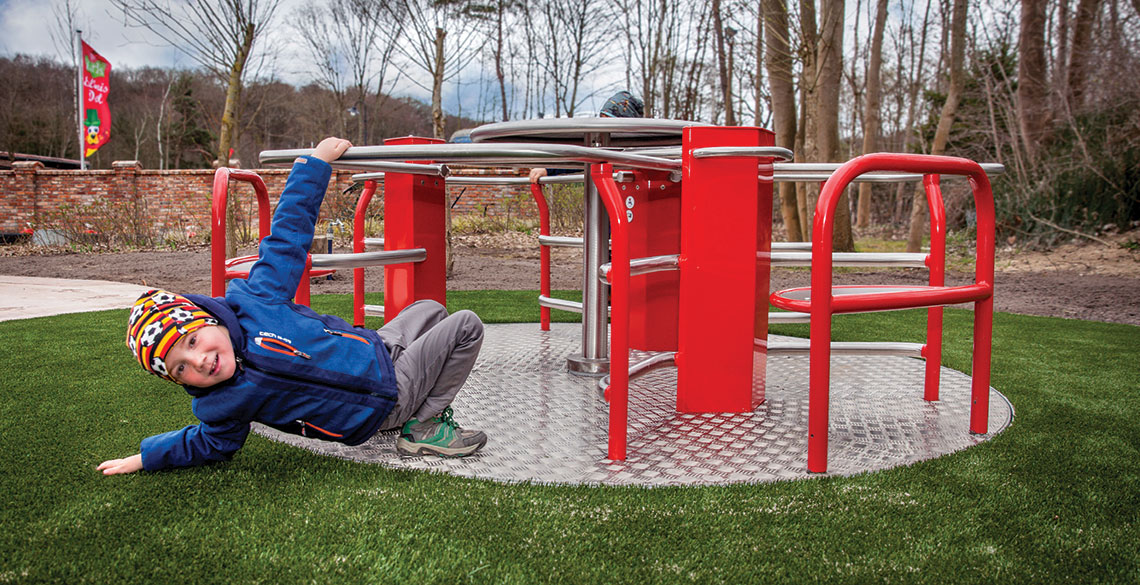
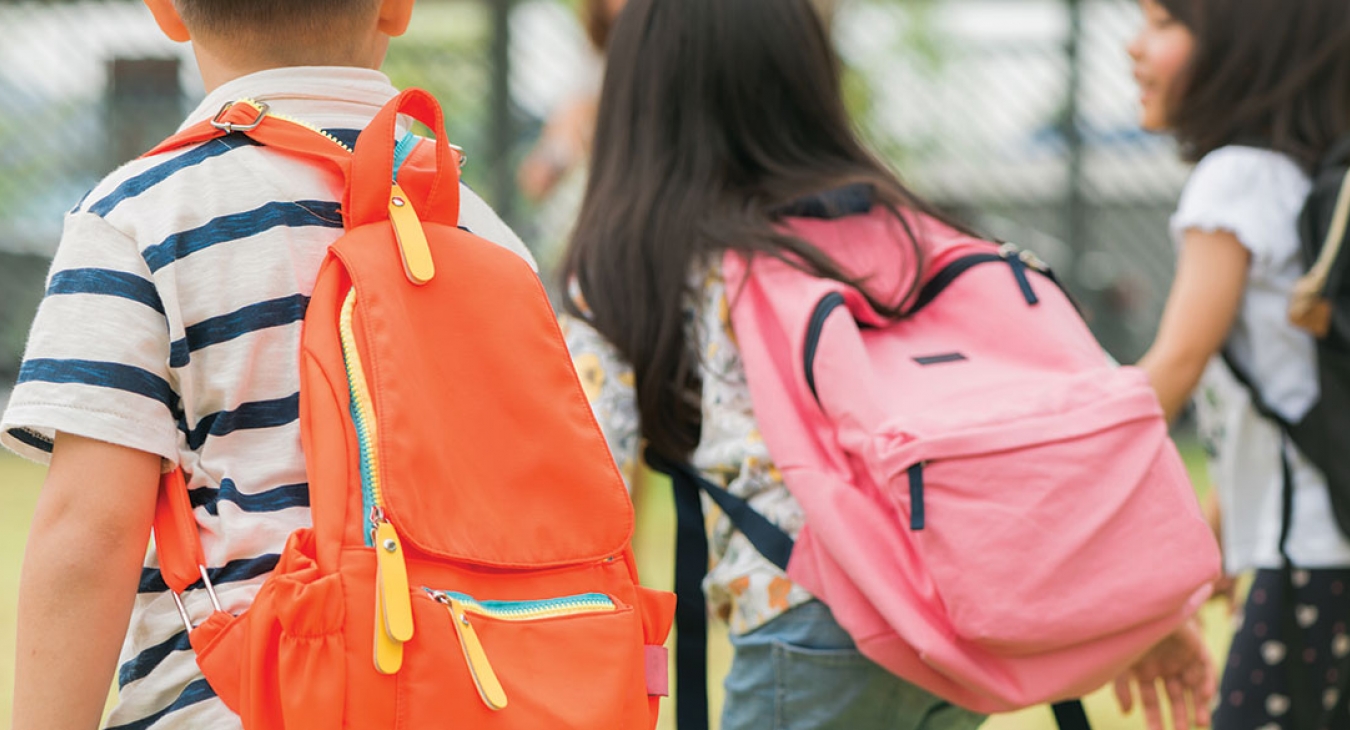
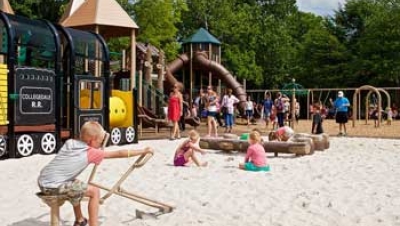
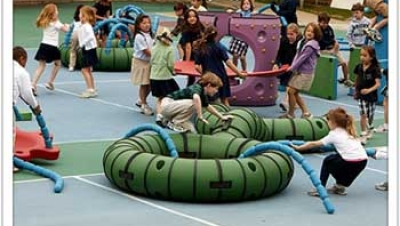








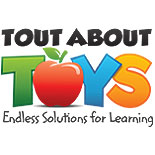


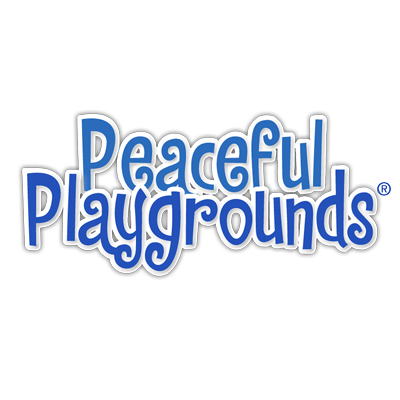

Add new comment